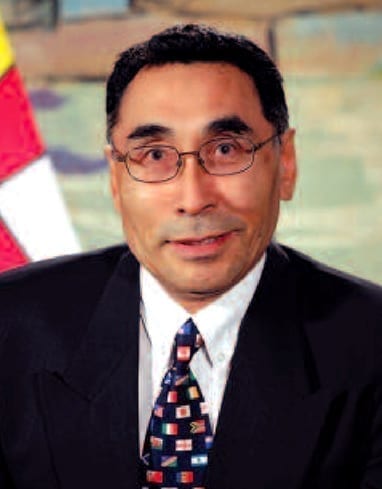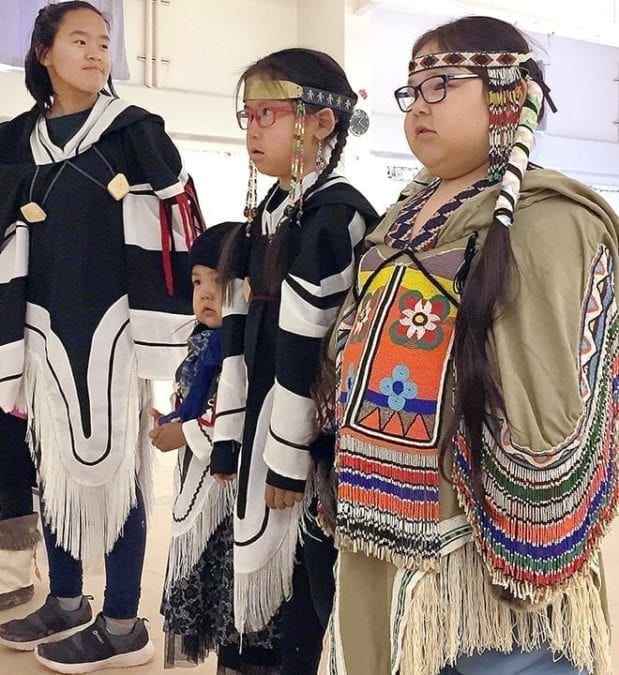There is precious little of the path that had to be blazed for Nunavut to become its own territory that doesn’t have Tagak Curley’s boot prints all over it.
Curley looked back at the territory’s first 20 years fondly this past Nunavut Day on July 9, lamenting on how long the process took for Nunavut to be created and the many challenges still to be met.
But, he said, to put that properly in perspective, one must realize there will always be challenges to be met in any era.

“We’re still in a very early state with Nunavut at 20 years, compared with the other provinces and territories, and we still have a long way to go,” said Curley, a politician and businessman who was a prominent figure in the negotiations that led to the creation of Nunavut.
“Every government must have opportunities to improve its economy and employment numbers, as well as the ability to put a strong foundation of social programs in place.
“So, the challenges have been quite real – and difficult to overcome at times – and will continue to be so moving forward.”
Curley said Nunavut is finally almost completely caught-up with modern technology in communications.
He said while the territory’s current education program may not be the best in Canada, it continues to improve and is supported now by a strong college system.
“We have our Nunavut Arctic College and trade-school system in place, which did not exist when we were still part of the NWT.
“Arctic College was being developed during my term as an MLA from 1979 to 1987, and now it has reached the point where it’s offering many wonderful opportunities for young people.
“But we still need more educational facilities here in Nunavut, so our young people don’t have to travel so far to get their post-secondary education.
“Considering the fact we have so many isolated communities where there are not a lot of public service jobs located, we still have a ways to go yet.”
Curley said the mining industry has been a big boost to Nunavut’s economy and Agnico Eagle gold mines at Meadowbank near Baker Lake and Meliadine near Rankin Inlet have been a big boost to people of the Kivalliq Region.
He said while care has to be taken with the land, the mines are providing opportunities for people to work.

“We have to ensure our younger generations have opportunities to work and make positive changes in the future.
“Moving ahead, many Nunavummiut would like to see our economy diversified somehow.
“Mining is such a controversial subject in some communities because of its potential dangers to the environment.
“The devolution issues between Nunavut and the federal government is also a priority that must be settled so we can properly manage our own resources and, of course, in the Kivalliq, we need to figure out a way to get the hydro project from Manitoba through to this region, as well as finally seeing a road between the two begin to be developed.”